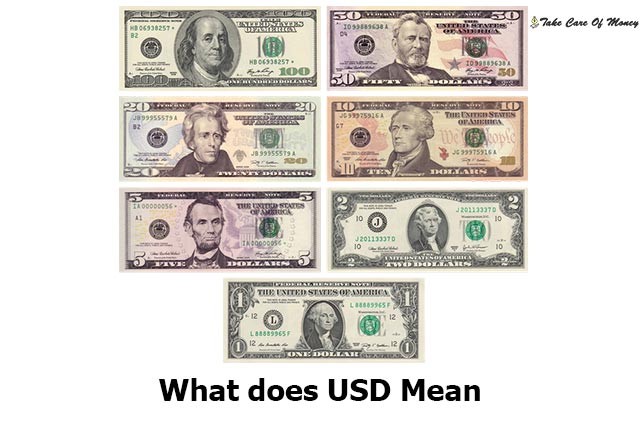Table of Contents
USD money
The U.S. dollar is often abbreviated as “USD” in the world of currency trading, the official United States Currency.
In a world of many different currencies and symbols, the simple acronym USD which means “US Dollar” is easy to understand by currency traders.
The international currency market (or FOREX market) is the largest financial market in the world: In one day it mobilizes much more than all stock exchanges together. The total volume of operations in one day exceeds the equivalent of one billion US dollars.
What does USD Stand For
Each currency has a code, defined by the rule ISO 4217. USD is the one for United States Dollar, use three letter identifiers for all currencies. For the US dollar it is USD, the euros are EUR and the Japanese yen are JPY, to mention the most popular examples.
In addition, the $ symbol can be confused with the peso, currency used in many Latin American countries; and in general, to refer to all types of currencies.
History of USD
The dollar became the legal tender in the United States between 1785 and 1792 with the promulgation of the “Currency Law.” At that time, the dollar currency was between 371 and 416 grams of silver, so that Its purchasing power would be exactly the value of the silver with which it was minted.
The eagle or “Eagle” equivalent to 10 dollars was also circulated, minted in a gold coin between 247 and 270 grams.
Different ordinances of Congress modified both the design and the value of the dollar over the years, until 1913 with the enforcement of the “Federal Reserve Law”, from which, the dollar was a “note of the reserve” exchangeable for the amount of precious metal, equivalent in the Reserve Banks.
In 1933 all precious metal coins were officially collected and replaced by ordinary metals. By 1971, the gold standard was finally abandoned and the dollar became a fiat currency, with a value based on market confidence.
Dollar Symbol
Perhaps one of the main reasons for the acronym USD and US $ is to avoid the confusion that the use of the symbol “$” brings.
The “$” character is also the symbol for the peso, the successor of the Spanish dollar, which also circulated in the era of the Spanish colonies and independence; In addition, it is known as the universal symbol of money.
The peso is the name of the currency for many Latin American countries such as Argentina, Colombia and Mexico. For example, in Argentina, if you see a price of $10.00, it means that the object costs 10 Argentine pesos, not 10 dollars. An attached sign that shows “USD 10” would totally eliminate that confusion.
Currency traders and international travelers must understand the difference between dollars, euros, pesos, Brazilian real and Florin. The acronym USD makes it easy to find exchange rates.
Other countries that use the “$” (dollar symbol)
Acronym USD fully clarifies the international scenario in the presence of currencies such as the Canadian dollar (CAD), the Australian dollar (AUD), the New Zealand dollar (NZD) and even the Hong Kong dollar (HKD). Just to mention the best known.
Currently, there are about 26 different currencies circulating in the world, which use the name “dollar” accompanied by the nationality of the country, whose government prints them.
What does USD Mean
The USD is then the abbreviation of the most commercialized currency in the world, which also enjoys the confidence of many investors and international markets.
